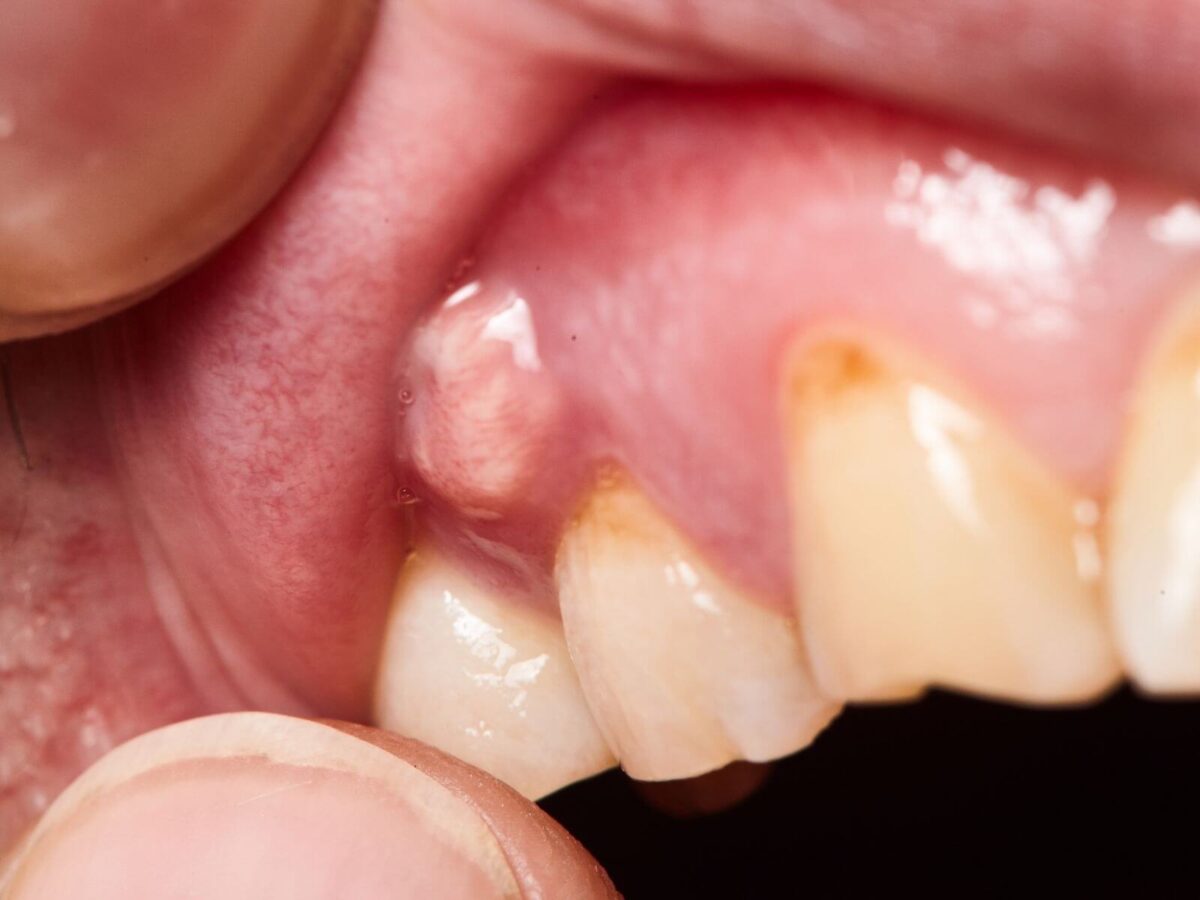Blog
Dental hygiene tips for healthy teeth & gums

Understanding The Process of Incision And Drainage For Dental Abscess
Untreated tooth abscesses, which contain pus from infections, can cause pain, swelling, and other complications. One of the best tooth abscess treatments is “incision and drainage”. This treatment reduces pain, infections, and healing.
But the important point is when you must cut to remove pus. We will help you through the procedure to prepare you. Liberty Dentist TX helps us understand the process and curate this information for you.
What are Dental Abscesses?
Bacteria from the gums or teeth can lead to the development of sores. It might stem from a tooth injury, significant cavities, gum disease, or unresolved decay. There are typically two types of abscesses that can occur in the mouth.
At the tip of the tooth root, you might find that decay or trauma can lead to an engaging periapical abscess. Periodontal abscess occurs in the gums, often due to gum disease. It can also be found near the root of the tooth.
Dental abscesses are painful, red, swollen, and uncomfortable. Other symptoms include a bad taste, elevated temperature, or severe cold or heat sensitivity. The article will further discuss treatment for dental infection.
When is Incision and Drainage Necessary?
In cases where the abscess is large, painful, or potentially infectious, surgical incision and drainage are typically recommended. If the abscess has created a large pocket of pus, antibiotics may only help stop the illness from spreading.
If left untreated or managed with medication alone, dental abscesses can worsen. They increase the likelihood of sepsis and the subsequent spread of infections to adjacent tissues and bones. Hence, incision and drainage are some of the best options for dental infection treatment.
Preparing for the Procedure
The dentist or oral surgeon will determine the severity of the infection before incisions are made to drain pus. To achieve this, you have the option to:
- Looking closely at the cyst to assess its size, pain level, and swelling. X-rays provide an engaging way to uncover the severity of the disease and determine if it has extended to nearby areas.
- Before treating a patient, dentists check their medical history for significant diseases, drug allergies, and other issues.
- Your dentist will review post-op instructions with you. Patients may be prescribed medications and told to wash with warm salt water.
The Incision and Drainage Procedure
While cutting and draining, you can expect a variety of events to unfold without any specific sequence. There are major steps given as prescribed by Liberty Dentist TX:
- Local Anesthesia
The dentist will first numb the area with a local anesthetic. We do this because we want you to feel completely at ease during the process. Depending on the severity of the abscess and its location, sedation may also be a choice, especially for nervous patients. - Making the Incision
The dentist will first numb the area in order to access the abscess and then use a sterile instrument to make a small incision. The goal is to get to the sputum area and make it easier for it to drain. - Drainage of Pus
The third thing that can happen is that pus may leak out of the wound on its own. The dentist might use light pressure to get all the pus out of the abscess pocket. - Cleaning the Area
After draining the cyst, the dentist will cleanse the region with saline. Eliminating germs and other pollutants reduces the risk of re-infection. - Drain Insertion (Optional)
The dentist may put a small rubber drip into the cut if the abscess is deep or if there is a chance that the infection will come back. After one or two days, any pus that is still there will be able to drain. The doctor will take out the drain the next time you see them. - Sealing the Incision
Most of the time, the cut is left open so that fluid can drain as the body heals. Once the infection has completely cleared, stitches may be used to close the opening.
Post-Operative Care Tips
You will get clear instructions on how best to heal the incision left by the surgery. Using these guidelines by Liberty Dentist TX helps to stop the disease from spreading and improves the healing process:
- After surgery, one often feels somewhat tired or uncomfortable. For this, you can reach for over-the-counter pain relievers like ibuprofen.
- Although most of the infection has been drained, antibiotics may still be administered to help eliminate any remaining germs.
- Gently rinsing your mouth with warm salt water will help keep the region clean and alleviate pain.
- Avoid eating anything too spicy or hot while the incision heals. It’s advisable to stick to cold beverages and soft foods.
Potential Issues and When to Contact Your Dentist
While cutting and draining usually don’t pose any risks, accidents do arise. If you observe any of the subsequent symptoms, do not hesitate to reach out to your dentist:
- Ideally, the discomfort would lessen over time. A chronic infection may present symptoms that may remain unchanged or deteriorate over time.
- The erythema or edema surrounding the laceration may indicate illness if it becomes warm, reddened, or inflamed.
- Prolonged fever may necessitate additional medical intervention for an infection.
- Difficulties in respiration and ingestion indicate a potential worsening of the condition. Due to its urgent nature, it requires immediate attention.
Conclusion
Dental abscesses can be treated by making an incision and draining the pus. This easy surgery reduces pain and avoids infection. If you follow up with regular dental hygiene and care, this surgery can improve your oral health and reduce pain. See Liberty Dentist TX immediately if you or a loved one experiences dental symptoms.


